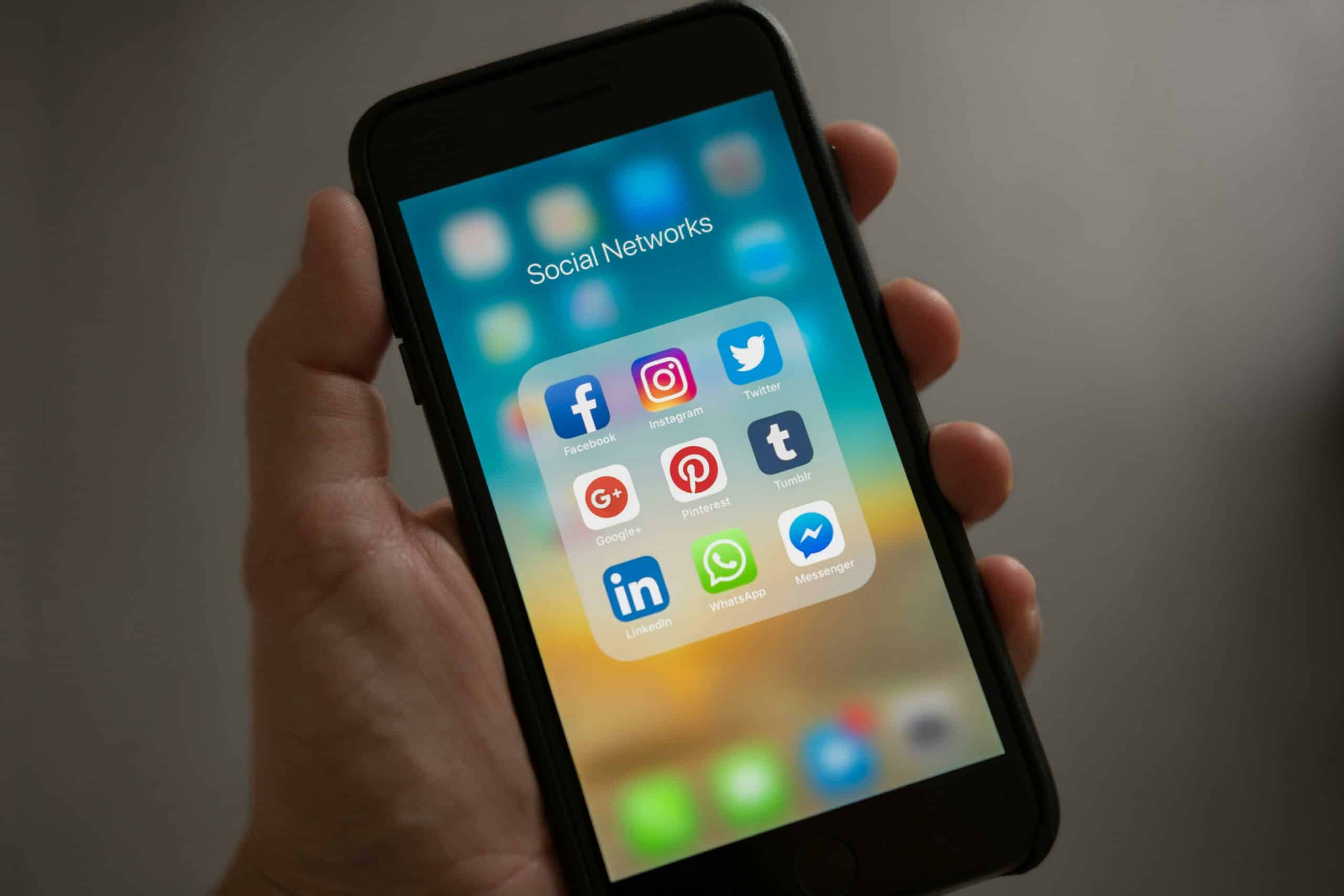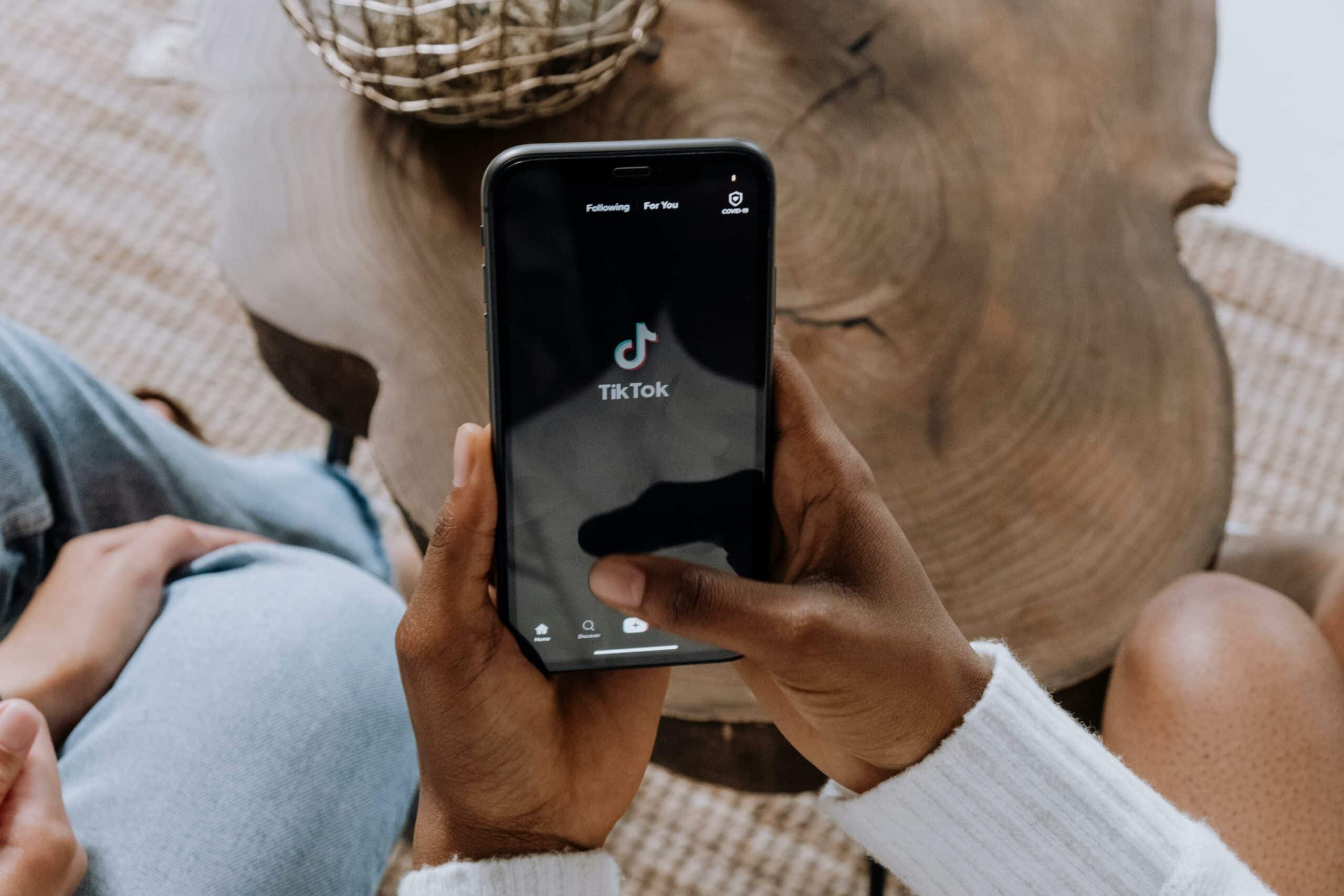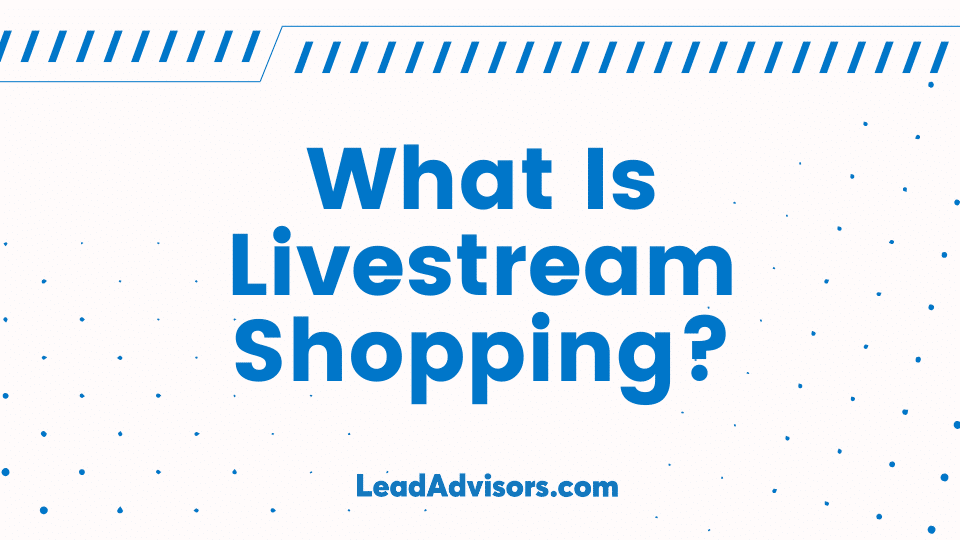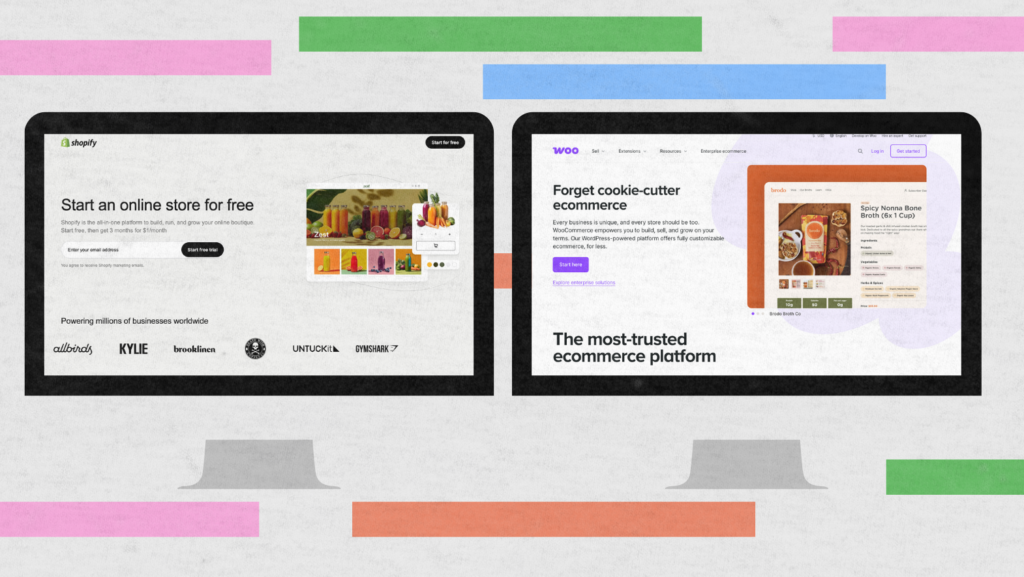Have you ever stumbled across a live video on TikTok or Instagram where a person is demonstrating how to use a product? You may have seen one where a person is showing various lipsticks while the live comment section demands to swatch it. If you answer yes, you have unknowingly been participating in livestream shopping.
Livestream shopping combines live entertainment with online shopping, creating real-time, interactive sessions where hosts demonstrate products live. Platforms such as Instagram Live and Facebook Live have brought this method. It allows consumers like you to view products in use. Consumers engage with sellers through live comments and make immediate purchases.
This blend of live video and easy online shopping really appeals to the 25-35 age group. Brands like Nordstrom and Sephora have effectively tapped into this trend. It offers immersive and interactive experiences to connect with a tech-savvy demographic.
This article provides all the details you need to know. You’ll learn how to set up, execute, and optimize your livestream events to engage your target audience and increase sales effectively. It’s a great opportunity to take your business to the next level!
What Is Livestream Shopping?
Livestream shopping is changing how we shop online by mixing live video with the ability to buy products immediately. This interactive setup lets viewers watch hosts or influencers present products and discuss their features live. This openness and interaction offer more than traditional online shopping.
Experience the thrill of real-time interaction for buyers and sellers, just like shopping in-store. Accessible from anywhere with smartphones or computers, this method brings convenience and connection to your fingertips. During these sessions, hosts showcase products.
Moreover, they answer viewer questions and offer exclusive deals. These strategies encourage viewers to make quick purchases using clickable links or features within the platform. This format builds trust through direct interaction and meets the modern consumer’s need for convenience and instant gratification.
You May Also Like: How to Write Engaging SaaS Blogs: 5 Tips to Hook Your Readers
History of Livestream Shopping
@useraxcaa2niyd Live selling in China
♬ 原聲 - 😍👍😘
TikTok video by useraxcaa2niyd.
Livestream shopping started from what is popularly known as traditional TV shopping networks that embraced the digital age. China led the way in making live shopping events a big hit. On platforms like Taobao and JD.com, sellers can show off their products in real time and chat with their buyers.
It’s like the old-school TV shopping channels got a modern twist, mixing in the buzz of today’s social media. Thanks to smartphone tech advances and social networking sites’ power, what started in China quickly spread worldwide. This blend of online shopping and entertainment caught on, especially among folks aged 25 to 35 looking for a shopping experience that was not just about clicking a button but engaging and fun.
Read More: How to Optimize Website’s Title and Tags
Livestream Shopping Vs. Traditional Online Shopping

Livestream shopping and traditional online shopping offer different experiences. When it comes to livestream shopping, it allows viewers to watch live broadcasts, interact with hosts, and buy products instantly.
This approach makes online shopping more personal. It is similar to in-person shopping because it allows consumers to see products and ask questions immediately. This direct interaction can help make decisions and build trust with consumers.
When you’re shopping online the traditional way, you’re mostly clicking through photos and reading product descriptions on e-commerce sites. It’s super convenient because you can do it from anywhere, anytime.
But it doesn’t have that interactive vibe you get with livestream shopping. It focuses mainly on easy browsing and checkout, offering a quieter, self-paced experience. Many consumers prefer this, especially those who like to take their time making decisions without the pressure of a live audience.
You May Also Like: 5 Essential SEO KPIs to Track for Every Business Owner
How Livestream Shopping Works

Livestream shopping revolutionizes the traditional e-commerce experience by creating an interactive, real-time event. Below is a detailed breakdown of how this innovative shopping method operates:
Platform Selection for Livestream Shopping
Choose a live streaming platform such as ShopShops, Taobao Live, Instagram Live, Facebook Live, or YouTube Live. Because every platform has different characteristics and appeals to different groups, choosing the proper one is crucial to reaching the intended audience.
Event Preparation
To guarantee a seamless and polished presentation, brands and influencers set up the necessary equipment for the livestream, such as top-notch cameras, microphones, and dependable internet connections. They also help organize the live stream’s content, which consists of product introductions, demos, and interactive parts like Q&A to keep viewers interested.
Going Live
The emcee answers viewers’ questions in real-time while showcasing the products and highlighting their features during the webcast. The ability for customers to receive prompt answers and insights through this connection enhances the educational and entertaining aspects of buying.
Instant Purchasing for Livestream Shopping
Viewers can make purchases using the platform’s direct purchase tools or embedded links while the video is live. Conversion rates are raised, and impulse purchases can be profited from thanks to the smooth integration of viewing and purchasing.
Post-Stream Engagement
Following the livestream, companies frequently interact with viewers by sending follow-up materials, extending special deals, or responding to further inquiries. This keeps people interested and improves ties with customers.
Read More: SaaS vs PaaS vs IaaS: Your Ultimate Guide to Cloud Services
How Livestream Shopping Benefits Your Business

Livestream shopping has become a game-changer for consumers and retailers, adding significant value to the types of marketing for your brand.
Enhanced Customer Engagement and Interaction
By using livestream shopping, retailers can interact dynamically and directly with their audience. Additionally, this direct communication can increase customer loyalty and the brand community, strengthening the bond between the company and its patrons.
Increased Sales
Because livestream purchasing is instantaneous and engaging, conversion rates are frequently greater. A live session’s excitement and time-limited deals might entice customers to purchase immediately, shortening the customer journey from interest to sale.
Greater Brand Loyalty
Holding livestream events regularly keeps your brand in the public eye. In addition to selling products, you can create a sense of community, share valuable information, and provide entertainment, which can help build stronger connections with your customers. These efforts can help increase customer loyalty.
Real-Time Feedback
You may instantly get customer preferences and product feedback by livestreaming. Moreover, based on viewer responses and interactions, you can swiftly refine your strategy and enhance your services with the help of this real-time data.
Wider Reach Because of Livestream Shopping
Geographical barriers are eliminated since livestream shopping is accessible to a worldwide audience. This provides access to a much larger potential consumer base than conventional brick-and-mortar stores or even typical e-commerce setups can provide.
Cost-Effective Marketing
Livestream shopping is a great way for companies to promote new products and connect with customers. It’s more affordable than traditional ads and lets businesses show off their products and offer special deals while talking directly to shoppers.
Leverage Livestream Shopping for Your Business: Step-by-Step Guideline

Integrating livestream shopping into your business processes can transform the quality of customer interaction and the performance indicators of your sales. To achieve success in this enticing market, follow these steps:
Know Your Audience
To ensure the success of your livestream shopping events, it’s crucial to understand your target audience and engage them with content that resonates with their interests and needs.
Tailoring your presentations, showcasing products that align with their preferences, and creating interactive segments can significantly enhance their viewing experience. Additionally, exclusive offers or limited-time deals during your livestreams can incentivize participation and drive sales.
Choose the Right Platform
Select a platform that aligns with where your target audience spends their time. Popular options include Facebook Live, Instagram Live, YouTube, and dedicated livestreaming platforms tailored to e-commerce like ShopShops or Taobao Live. Each platform has unique features and audience demographics, so choose wisely based on your business needs.
Plan Engaging Content
When you do a live stream, make it more than just showing off your product. It should be an exciting event that gives something special to the people watching. Plan live demonstrations, question and answer sessions, and deals only available during the live stream.
You can also look at the best blog examples to inspire your content approach and improve storytelling across your livestream promotions. If you’re aiming to maximize the power of visual storytelling, explore The Ultimate Guide to Video Advertising to enhance your livestream production strategy.
Promote Your Livestream
Making sure people know about your livestream is really important. You can tell them about it on social media, email newsletters, and your website. You could also team up with popular people or other companies to reach even more people.
Train Your Hosts
Your livestream’s host has the power to make or destroy the event. Select hosts who are not simply pleasant and at ease interacting with a live audience but possess in-depth product knowledge. It is essential to receive the proper training for resolving technological problems, facilitating live conversations, and driving sales throughout the show.
Challenges of Livestream Shopping

Livestream shopping offers great potential for businesses, but it also brings some challenges that need to be carefully thought through:
Technical Challenges
Because livestream shopping relies largely on technology, any glitch might ruin the experience. Problems such as low-quality video, buffering, or lost connections can annoy viewers and cost you sales. Strong technical assistance and excellent streaming capabilities are essential for a live stream to go smoothly.
Content and Host Requirements
The relevance of the material and the host’s ability to keep viewers interested are key factors in a livestream’s success. It might be difficult to find people with the proper mix of charm, product knowledge, and live interaction skills.
Furthermore, it takes imagination and a thorough comprehension of the target audience to provide interactive and interesting content that maintains the audience’s interest throughout the session.
Integration with E-commerce Systems
Seamlessly integrating livestream shopping with existing e-commerce platforms poses a significant challenge. Altogether, the technical integration must support a smooth transition from viewing to purchasing without leaving the live stream. This requires sophisticated backend solutions that can handle live transactions effectively.
Scaling Issues
As the audience grows, scaling livestream shopping operations to maintain performance and quality can become complex. Handling increased traffic, ensuring consistent user experience, and managing inventory in real time are critical factors that need advanced planning and resources.
Legal and Regulatory Compliance
Navigating the legal aspects of livestream shopping can be quite complex. These include consumer rights, data privacy, and advertising rules. Maintaining consumer trust and avoiding legal problems necessitates compliance with both local and international legislation.
Popular Platforms for Livestream Shopping

Livestream shopping has become very popular on various websites and apps. Brands and influencers use these platforms to connect with customers in real-time.
Facebook Live
Being among the pioneers of live streaming, Facebook Live presents a sizable prospective viewership. Brands can broadcast live videos straight to the feeds of their fans. It is simple for spectators to participate throughout the broadcast thanks to the platform’s support for interactive elements like comments and reactions. Furthermore, Facebook has integrated shopping tools that allow users to buy goods without leaving the app.
Instagram Live
Fashion, beauty, and lifestyle firms who want to reach a tech-savvy audience use Instagram Live, which is popular among younger demographics. Customers may effortlessly purchase the highlighted products because of the platform’s interaction with Instagram Stories and the feature that allows them to tag things during live streaming.
YouTube Live
Leveraging the power of video, YouTube Live is perfect for longer and more detailed product demonstrations and reviews. The platform’s robust analytics tools help sellers track viewer engagement and the effectiveness of the livestream. YouTube also supports direct links in video descriptions and chat, facilitating an easy purchase pathway.
TikTok Live
TikTok Live has quickly become a popular platform for live shopping shows, where brands and influencers can connect with their audience in real-time. Further, it’s a feature in the TikTok app that lets users display products, do live demos, and chat with viewers through comments, making shopping interactive and fun.
Specialized Apps
Besides the big social media platforms, some apps are just for live shopping. NTWRK, ShopShops, and Taobao Live are examples of these. They are made specifically for live shopping and have special tools and features to improve the shopping experience. These platforms often provide a more curated environment tailored to niche markets and specific consumer interests.
Future Trends in Livestream Shopping

As livestream shopping becomes more popular, we can expect to see some important changes and new technology that will shape how it develops:
Technological Innovations for Livestream Shopping
In the future, technology will change how we shop during live streams. Virtual reality (VR) and augmented reality (AR) will be important because they will let us try on clothes and see how furniture might look in our homes before we buy them. Livestreaming will also improve with faster internet and mobile phones that can do more.
Growth in AI and Personalization
Artificial intelligence will improve recommendations and personalization systems and will be increasingly used in online shopping. With the help of AI, live streamers can offer a personalized shopping experience that could increase sales by giving individual product suggestions in real-time based on what viewers like and interact with.
Integration with Social Media and E-commerce
With increasingly integrated capabilities for easy purchasing, livestream shopping is predicted to become a standard feature across all major social media platforms and e-commerce websites.
One-click purchasing alternatives that don’t interfere with the broadcast experience and more advanced chatbots that can manage transactions and customer support queries are some examples of this.
Changes in Consumer Behavior
As people get used to shopping through live video streams, their shopping habits and expectations will change.
They will probably want things immediately and expect to interact with the seller in real time and get their purchases delivered quickly. This shift may lead to more impulse buying and increased loyalty for brands that can provide engaging, interactive, and efficient livestream experiences.
Expansion into Various Industries
Livestream shopping is becoming more popular in different industries, not just fashion and beauty. It’s expected to expand to include electronics, home products, and even grocery items. As this trend grows, livestream shopping will become a regular part of online shopping, appealing to more people.
You May Also Like: Top 10 Real Estate Social Network Platforms – Boost Your Business
Frequently Asked Questions
How is livestream shopping different from traditional e-commerce?
Which platforms support livestream shopping?
What kinds of products work best for livestream shopping?
Does livestream shopping really increase sales?
What are the main challenges of livestream shopping?
Conclusion
Finally, livestream shopping, which combines entertainment and quick gratification to create a dynamic and engaging customer experience, marks a dramatic change in the e-commerce scene. Livestreaming is set to become more popular and a crucial component of online retail operations as customer behavior and technology progress. Adopting this trend can help brands engage more with their audience, boost sales, and establish stronger relationships.
Businesses hoping to use livestream shopping successfully in the future will need to stay abreast of technological advancements and adjust to the shifting demands of their clientele. For those willing to be creative and interact with their customers in real time, this contemporary shopping style represents a real retail revolution rather than just a fad.











